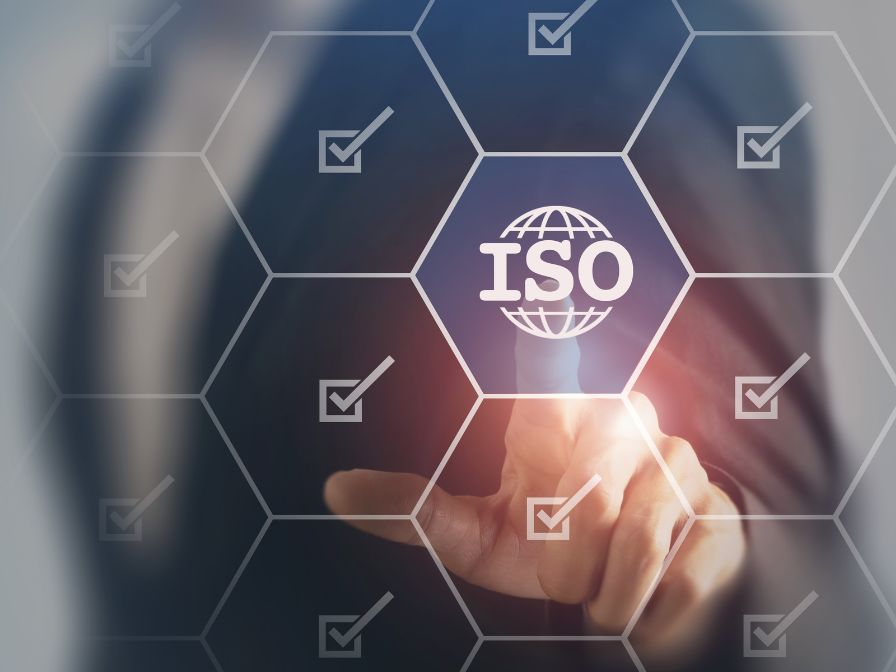As part of the ongoing digitalization of the global payments industry, banks, financial institutions, and corporations in the UK and around the world are beginning to migrate to the ISO 20022 messaging standard. The move represents a fundamental shift in the underlying technology powering cross-border transactions and may present some exciting opportunities for those prepared to approach ISO 20022 migration strategically and to overcome some inevitable challenges related to the transition.
In Volante’s white paper, UK Payments Modernization: The Profound Impact of ISO 20022, produced in collaboration with Pay.UK, we set out to highlight the importance of ISO 20022 adoption, address some common challenges facing participants in the UK payments ecosystem, and identify the essential elements of a smart modernization strategy. As a comprehensive overview of ongoing developments, perspectives, and strategies surrounding ISO 20022 migration, it is our hope that this paper will serve as a valuable resource for UK payments providers as they continue their path toward modernization.
Here are just a few brief takeaways:
A Global Language for Financial Messaging
In our conversations with UK payment providers, one question we encounter frequently related to ISO 20022 is, simply, why? More specifically, what is the new standard’s role in payments modernization and why should ISO 20022 migration be a top priority of providers?
In 2015, after years of inquiries into inefficient processes, lack of competition, and governance issues in the UK payments sector, the Payment Services Regulator (PSR) was introduced to increase oversight and promote the development of modernized processes that address the above concerns and lead to enhanced user experiences.
Two years later, the PSR published a Blueprint for future-proofing the UK’s retail payments infrastructure, resulting in the conception of the New Payments Architecture (NPA), a fully modernized payments platform delivered by Pay.UK and aimed at satisfying the evolving needs of Payment Service Users. Designed to benefit everyone across the UK, from individuals to businesses and charities, the NPA’s advanced functionality is tied directly to its integration of ISO 20022 into payment processes.
But what makes ISO 20022 so integral to the NPA, and to international payments modernization as a whole? Put simply, by establishing a new, technically superior global language for financial messaging, the standard solves for cross-border interoperability, introducing harmony into a previously disjointed international payments ecosystem.
More than merely boosting the efficiency of cross-border payments, however, ISO 20022 will exist as a shared foundation upon which providers from around the world can build new services and continuously refine user experiences. High-demand modernization initiatives like real-time payments, for example, will benefit from ISO 20022 adoption, as will compliance and reconciliation processes, many of which remain tethered to less adaptive legacy systems.
The Path to Smart ISO 20022 Modernization
Beyond merely targeting the benefits, providers in the UK and around the globe also have certain obligations when it comes to ISO 20022 migration. Starting in November of this year, SWIFT will require financial institutions to receive payments utilizing ISO 20022 and to become fully enabled to process all transactions powered by the standard no later than 2025.
This acceleration of ISO 20022 adoption in the international payments community presents providers with at least two significant challenges: navigating the data-rich structure of the new standard and the complexity of systems migration, and identifying unique value-creation opportunities that align with their operational models.
Speaking to the former, challenges will abound for virtually all institutions when it comes to migrating legacy infrastructure, as well as restructuring data management processes to handle a considerable influx of complex information. As for the latter, organizations will soon need to make an important decision: do they view ISO 20022 as little more than an industry mandate, integrating only those capabilities which satisfy the minimum requirements for processing transactions? Or do they embrace the new standard as a once-in-a-lifetime opportunity to drive change within their industries, strategizing around sustainable innovation rather than compliance?
This is the critical dilemma, and as McKinsey pointed out in a 2020 report on the future of global payments, banks will first need to confront their own ambitions as it relates to modernization and the transition to ISO 20022. More specifically, the report notes that successful integrations of the new standard will depend on the organization’s ability to strategically assess their own capabilities and to identify a future operating model that maximizes positive impacts in their respective industries.
So how exactly can organizations determine and implement the smartest approach to payments modernization? In the full white paper, we explore various strategies and potential operational models in more depth, including the associated challenges and benefits. To learn more, download the full report here.






